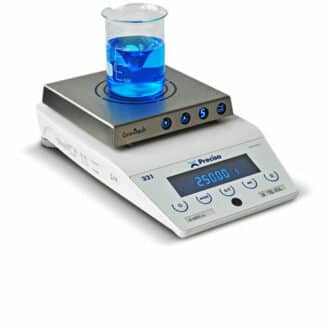A sphygmomanometer, also known as a blood pressure monitor, is a medical device that measures systolic and diastolic blood pressure in a non-invasive manner.

A sphygmomanometer, also known as a blood pressure monitor, is a medical device that measures systolic and diastolic blood pressure in a non-invasive manner.
There are two main types of sphygmomanometers: electronic and manual.
Electronic blood pressure monitors: automatically measure blood pressure and provide a digital display of the measurement. They are mainly used by patients for self-measurement but are also increasingly being used by health care professionals. There are two types of electronic blood pressure monitors:
Manual sphygmomanometers: these traditional blood pressure monitors are mainly intended for health care professionals. They allow the patient’s blood pressure to be measured by the auscultatory method. They are used with a stethoscope and an inflatable cuff connected to a needle pressure gauge. There are two types:
Each one has advantages and disadvantages:
Electronic blood pressure monitors: Overall, electronic devices make it much easier to read blood pressure. These blood pressure monitors are completely automatic. All you have to do is put on the cuff and press the button. The device automatically inflates the cuff and displays the systolic and diastolic blood pressure measurements on the digital display. On the screen you can read both numbers followed by the pulse. Some models also offer other features such as arrhythmia detection. The device’s memory also allows previous measurements to be displayed, making it suitable for self-measurement at home for patients whose follow-up care requires regular blood pressure measurements.
Manual models: manual sphygmomanometers are mainly used by medical professionals. They are generally more accurate but require a perfect command of the measurement procedure, which is entirely manual.
It is important to take a number of criteria into account when purchasing a sphygmomanometer, such as the type of device (see questions 1 and 2) or the size of the cuff (circumference? flexible? pre-punched? etc.).
If you wish to purchase an electronic model, it’s important to verify if it has the following options:
– Arrhythmia detection
– Movement detection
– Indication of hypertension
– Saving previous measurements
– Good results reliability/price ratio.
Connected electronic blood pressure monitors are becoming increasingly popular and are very suitable for self-measurement. They are easy to use and compact, and give you the option of transferring results via Wifi or Bluetooth to a smartphone, tablet or PC. This means that they ensure more thorough follow-up care for the patient (regularity of measurements, comparison and monitoring of blood pressure evolution, etc.) and enable sharing measurements with a doctor.
Connected blood pressure monitors help patients take their measurements regularly at home and favor diligence in self-measurement.


